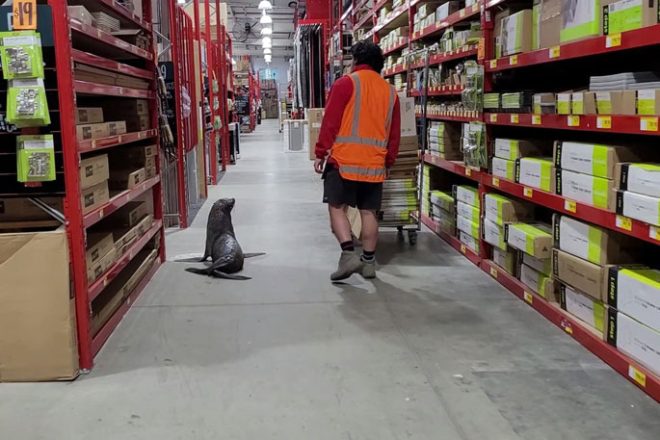Jangan kaget jika Anda melihat segel bulu Selandia Baru di beberapa tempat yang tidak biasa dalam beberapa bulan mendatang. Departemen Konservasi (DOC) meminta masyarakat untuk mengawasi segel bulu muda, singa laut, juga dikenal sebagai pinniped remaja. Hewan-hewan ini mungkin mulai muncul di lokasi yang tidak terduga selama apa yang sering disebut ‘musim konyol segel’.
“Dari Juni hingga September, kami mulai melihat segel muda mulai menjelajahi lingkungan mereka, sering muncul di tempat-tempat yang tidak terduga,” kata Penasihat Ilmu Kelautan DOC Dr. Jody Weir.
Kekeno, atau segel bulu Selandia Baru, adalah mamalia laut yang menghabiskan banyak waktu di darat, biasanya beristirahat tetapi terkadang menjelajah. Meskipun mereka biasanya ditemukan di pantai berbatu, keingintahuan alami mereka dapat membawa mereka beberapa kilometer ke daratan.
“Anjing laut muda, masih bergantung pada ASI mereka, cenderung menjelajah lebih jauh selama periode ini. Adalah umum untuk menemukannya di jalan, di halaman belakang, atau bahkan di sofa ruang tamu,” jelas Dr. Weir.
Tahun ini sangat sulit bagi Anjing laut Selandia Baru, dengan lebih dari 1000 kematian akibat kelaparan di sepanjang pantai Kaikoura.
“Meskipun kita tidak dapat menyelesaikan masalah perubahan iklim dan kelangkaan makanan dalam semalam, kita semua dapat berkontribusi untuk menjaga hewan-hewan menarik ini tetap aman,” kata Dr. Weir.
Tahun lalu, segel ditemukan di tempat-tempat tak terduga seperti parkir mobil KFC di Papakura dan Bunnings di Whangarei. Dalam kasus ini, DOC melangkah masuk untuk memindahkan segel kembali ke air dengan aman.
“Kebanyakan segel yang ditemui orang sehat, dan perilaku seperti muntah, bersin, batuk, atau menangis adalah normal. Orang harus menikmati mengamati mereka dari kejauhan dan menghubungi DOC hanya jika mereka berada dalam bahaya langsung, seperti berada di jalan, terluka parah, atau terjerat dalam puing-puing,” kata Dr. Weir.
Jika Anda melihat segel yang terluka parah, dilecehkan, atau dalam bahaya, silakan hubungi 0800 DOC HOT (0800 362 468).




























































